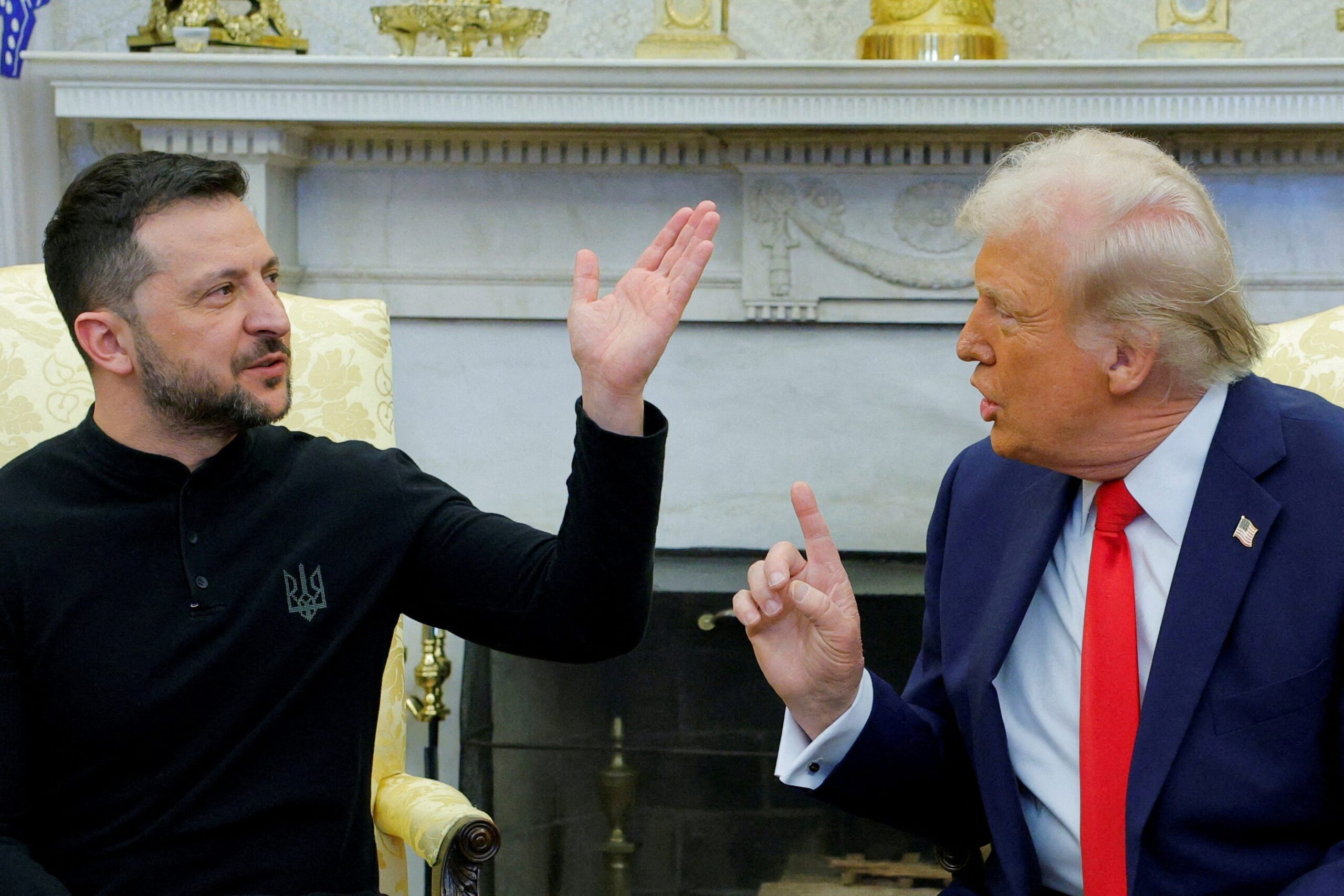
Trump and Zelenskyy Reconnect Amidst Ceasefire Negotiations and Tensions
President Donald Trump and Ukrainian President Volodymyr Zelenskyy have engaged in their first phone conversation since a previous Oval Office incident strained relations and resulted in a temporary suspension of U.S. military and intelligence aid to Ukraine. The call comes at a crucial juncture, as discussions center on a potential partial ceasefire in the ongoing conflict between Russia and Ukraine.
The primary focus of the conversation was anticipated to be the implementation of a ceasefire that would entail both nations desisting from attacks targeting each other’s energy infrastructure. This includes critical facilities such as nuclear power plants and oil refineries, the destruction of which could have devastating consequences for both countries and the wider region.
Previously, Ukraine had tentatively agreed to a 30-day ceasefire proposal put forth by the United States, signifying a willingness to explore diplomatic solutions to the protracted conflict. However, Russian President Vladimir Putin, during a call with President Trump on Tuesday, signaled a preference for a more restricted truce. The specifics of this limited ceasefire remain unclear, but it suggests a divergence in the desired scope and duration of the cessation of hostilities.
Following the Trump-Putin conversation, Russia indicated its agreement to a limited ceasefire in Ukraine, offering a glimmer of hope for de-escalation. However, the situation remains fluid and fraught with complexities.
President Zelenskyy, expressing his frustration and disappointment, has advocated for the imposition of additional sanctions on Russia. In a statement released on social media, Zelenskyy asserted that Putin’s preference for a limited truce effectively constitutes a rejection of a comprehensive ceasefire. He urged the international community to respond decisively, suggesting that any attempts by Putin to prolong the war should be met with firm opposition.
"It would be right for the world to respond by rejecting any attempts by Putin to prolong the war," Zelenskyy stated, highlighting the urgency and severity of the situation. He emphasized the importance of maintaining pressure on Russia through various means, including sanctions and continued support for Ukraine.
Zelenskyy further articulated a multi-pronged approach to addressing the conflict, emphasizing the need for "sanctions against Russia, assistance to Ukraine, strengthening allies in the free world and working toward security guarantees." He stressed that a tangible demonstration of Russia’s commitment to ending the war is crucial for progress towards lasting peace. This demonstration, he argued, should take the form of a complete cessation of strikes on civilian infrastructure.
"And only a real cessation of strikes on civilian infrastructure by Russia, as proof of its willingness to end this war, can bring peace closer," Zelenskyy concluded.
The renewed engagement between Trump and Zelenskyy comes after a period of heightened tensions, stemming from a previous Oval Office meeting on February 28. During that meeting, President Trump and Vice President JD Vance reportedly criticized Zelenskyy, accusing him of being "ungrateful" and "unwilling to compromise for peace." These comments, made public, underscored the underlying complexities in the relationship between the two leaders and the challenges in navigating the delicate dynamics of the conflict.
The resumption of dialogue between Trump and Zelenskyy is seen by some as a potential step towards de-escalation and the pursuit of a negotiated resolution. However, significant obstacles remain, including differing perspectives on the terms of a ceasefire, the role of sanctions, and the overall strategic objectives of the parties involved.
The international community is closely monitoring the situation, as the outcome of these negotiations could have far-reaching implications for regional stability and global security. The United States, as a key player in the international arena, faces the challenge of balancing its support for Ukraine with the need to engage in diplomatic efforts aimed at resolving the conflict.
The success of any ceasefire agreement will depend on a number of factors, including the willingness of all parties to adhere to its terms, the establishment of effective monitoring mechanisms, and the implementation of confidence-building measures. It remains to be seen whether the current round of negotiations will yield a breakthrough or whether the conflict will continue to persist, with potentially devastating consequences for the people of Ukraine and the broader region.
The ongoing dialogue between Trump and Zelenskyy represents a critical opportunity to explore pathways towards peace. However, the path ahead is fraught with challenges and uncertainties, requiring careful diplomacy, strategic coordination, and a genuine commitment from all parties to finding a lasting resolution to the conflict. The world watches with cautious optimism, hoping that these efforts will ultimately lead to a de-escalation of violence and a return to stability in the region. The stakes are high, and the consequences of failure are dire.
